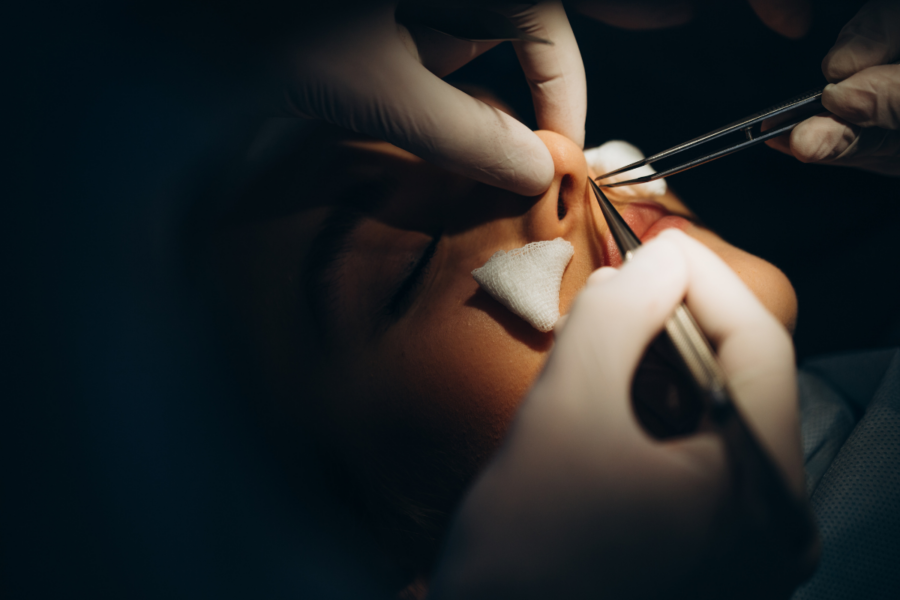Overview: Rhinoplasty and Revision Rhinoplasty

Rhinoplasty (Primary Nose Surgery)
Rhinoplasty, commonly referred to as a “nose job,” is a surgical procedure that reshapes or resizes the nose for aesthetic improvement, functional correction, or both.
Goals of Rhinoplasty:
- Improve the appearance (symmetry, proportion)
- Correct nasal humps, drooping tips, or wide nostrils
- Improve breathing by correcting structural problems (e.g., deviated septum)
- Restore the nose after injury or trauma
Types of Rhinoplasty:
- Open Rhinoplasty: External incision under the nose for greater visibility; typically used for complex cases.
- Closed Rhinoplasty: Incisions made inside the nostrils; less scarring and faster recovery.
- Functional Rhinoplasty: Focuses on improving airflow, often combined with cosmetic changes.
- Ethnic Rhinoplasty: Tailored to preserve and enhance the natural ethnic features of the patient.
Revision Rhinoplasty (Secondary Nose Surgery)
Revision rhinoplasty is performed on patients who have already had one or more previous nose surgeries and are dissatisfied with the results (aesthetic or functional) of the initial procedure(s).
Common Reasons for Revision:
- Unsatisfactory cosmetic outcome (asymmetry, tip collapse, unnatural shape)
- Breathing difficulties after primary rhinoplasty
- Over-resection or under-correction
- Nasal trauma after surgery
- Scar tissue complications
Challenges in Revision:
- Scar tissue and altered anatomy from the first surgery
- Weakened cartilage or structural support
- Need for cartilage grafting (often from the ear, septum, or rib)
Surgeon Expertise:
Revision rhinoplasty is significantly more complex than primary rhinoplasty. It’s crucial to choose a facial plastic surgeon or otolaryngologist (ENT) who specializes in complex nasal surgeries and has a proven track record in revisions.
Recovery Timeline (for both types):
- Week 1: Splint removal, visible swelling, bruising
- Weeks 2–4: Most bruising fades; swelling reduces significantly
- 3–6 months: Refinement begins to show
- 1 year: Final shape becomes apparent
